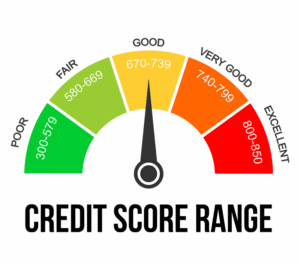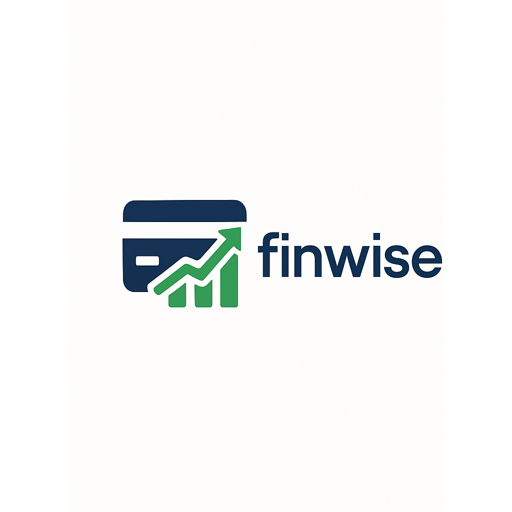A FICO Score 2025 Update: What Changed and How You Can Prepare
With some very important updates happening in 2025, you need to know how your FICO Score is constructed if you are trying to establish or keep some great credit!

This post will detail what the new FICO score changes mean for you in 2025 and go over some tips so you can stay ahead of the game. Let’s dive in.
Why Should You Care About FICO Score? What Is a FICO Score?
FICO Score is a three-digit number that tells lenders how risky it is to lend you money. It’s based on your credit history and helps determine if you’ll get approved for loans, credit cards, apartments, and sometimes even jobs.
It will give you a number between 300–850 in which, the higher the number the better.
Typical ranges:
300–579: Poor
580–669: Fair
670–739: Good
740–799: Very Good
800–850: Exceptional
FICO Score 2025 Update – Key Features in the New FICO Score
In 2025, FICO launched FICO Score 11, the latest version of its scoring model, bringing with it important changes to increase accuracy and fairness. Here’s what you need to know:
Increment Of Buy Now Pay Later (BNPL) Loans
Until recently, BNPL loans — including loans from Affirm, Klarna or Afterpay — avoided affecting your score unless you failed to make your payments.
These loans appear on your credit report and are included when calculating your FICO Score starting in 2025.
Why it matters:
BNPL can boost your score if you use it responsibly. But using it too often or after hours can damage your profile.
Utility and Subscription Payments Have More Weight
For FICO 11 paid as agreed accounts such as:
Netflix
Cell phone bills
Internet or utilities
…will now help boost your score a bit more—assuming you report it via services like Experian Boost.
The Damaging Effects of Late Payments (Especially Soon After)
Negative effect of a missed payment On a brand new credit card/ loan, a missed payment is now so much worse than it used to be.
FICO is putting more emphasis on recent behavior, not just a long credit history.
Tip: Do not lose a payment—automate or set reminders via calendar.
Medial Collections Under $500 Have Less Effect
FICO 11 has continued the trend, with a new release in the past year following recent credit bureau policy changes:
For instance, they ignore medical debt under $500 while older medical collections have less effect on your score.
Change: Many people who hold small medical expenses could previously have in selections may see a small score increase Good news.
How Will It Impact You?
This will not hit everyone the same way. 1—What Will You Get Depending on Your Habits:
Behavior
Impact
Pay BNPL on time
Slight boost
Miss BNPL payments
Score drop
Pay utilities/subscriptions on time
Positive boost (if reported)
Miss a recent payment
Bigger negative hit
Have small medical collections
Less impact
The takeaway: Manage your credit the right way, and the new model will actually benefit you.
How To Look After and Guard Your Mark in 2025
With an understanding of what changed, here are 5 simple steps to help you get back in control:
1. Track Your BNPL Spending
It can become a trap, wherein people take BNPL services for granted. Make sure you:
Only utilize them for items that you could afford
Never miss a payment
Avoid stacking multiple BNPL plans
2. Utilize Experian Boost or Similar Products
Do you want credit for paying your phone, internet, or Netflix bill?
Try Experian Boost, which is free and can give you 5–20 points by simply reporting bills you already pay.
3. Always Pay on Time
FICO Score includes a 35% registration of payment history.
Just one late payment can result in a 50–100 point hit. Set up:
Auto-payments
Bill tracking apps
Reminders on your phone
4. Check Your Credit Report Often
Mistakes happen. Monitor your credit reports from:
AnnualCreditReport. com (free weekly reports)
Credit card apps (most provide free FICO or VantageScore)
Credit monitoring tools
Dispute any errors right away.
5. Keep Old Accounts Open
In general, the length of your credit history can only help you out.
Even if you rarely, if ever, use a card, the fact that it remains open can benefit your average account age and overall credit utilization ratio.
When are lenders going to start using the new score?
Some lenders stick with the older FICO versions for a while. There are those who continue to use the FICO 9 or even 10, and others that are reviewing VantageScore. Yet, large lenders are predicted to see more widespread use of FICO 11 by the end of 2025.
Although this transition takes time, it would not be a bad idea to start adjusting your habits.
Final Thoughts
Changes in consumer behavior — driven, in part, by the growth of digital payments and new credit types — have triggered updates to the FICO Score line of products to provide assessments of consumer creditworthiness that remain accurate and relevant.
By understanding how your score is calculated and taking small steps to manage your credit wisely, you’ll be ready for whatever changes come next.
Our Post

High Interest Rates, Credit Cards and the U.S. Consumer: What to Know in 2025
The Note: How Decelerating U.S. Economic Growth Affects Using Consumer Credit


